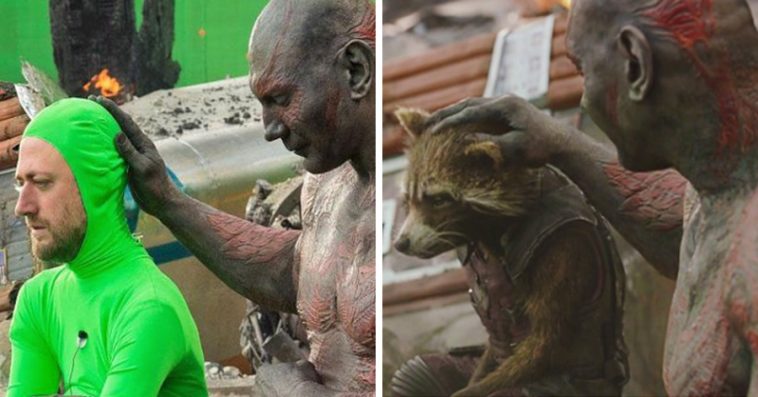

He placed a Mary dummy in the actor's place, restarted filming, and allowed the executioner to bring the axe down, severing the dummy's head. As the executioner brought the axe above his head, Clark stopped the camera, had all of the actors freeze, and had the person playing Mary step off the set. While filming a reenactment of the beheading of Mary, Queen of Scots, Clark instructed an actor to step up to the block in Mary's costume. In 1895, Alfred Clark created what is commonly accepted as the first-ever motion picture special effect. In 1857, Oscar Rejlander created the world's first "special effects" image by combining different sections of 32 negatives into a single image, making a montaged combination print. As a result, many optical and mechanical effects techniques have been superseded by CGI.ĭevelopmental history Early development It gives filmmakers greater control, and allows many effects to be accomplished more safely and convincingly and-as technology improves-at lower costs. Since the 1990s, computer-generated imagery (CGI) has come to the forefront of special effects technologies. An optical effect might be used to place actors or sets against a different background. Optical effects (also called photographic effects) are the techniques in which images or film frames are created photographically, either "in-camera" using multiple exposure, mattes or the Schüfftan process or in post-production using an optical printer. For example, prosthetic makeup can be used to make an actor look like a non-human creature. Mechanical effects are also often incorporated into set design and makeup. This includes the use of mechanized props, scenery, scale models, animatronics, pyrotechnics and atmospheric effects: creating physical wind, rain, fog, snow, clouds, making a car appear to drive by itself and blowing up a building, etc. Mechanical effects (also called practical or physical effects) are usually accomplished during the live-action shooting. With the emergence of digital film-making a distinction between special effects and visual effects has grown, with the latter referring to digital post-production and optical effects, while "special effects" refers to mechanical effects.

Special effects are traditionally divided into the categories of mechanical effects and optical effects.
#Before and after movie effects simulator
Special effects (often abbreviated as SFX, F/X or simply FX) are illusions or visual tricks used in the theatre, film, television, video game, amusement park and simulator industries to simulate the imagined events in a story or virtual world. Let’s be honest, it is impossible to not be impressed when you see the scenes without any effects, and then see what they turned into! Seeing there is a lot that can be created with what you already got is quite inspiring.A special effect of a miniature person from the 1952 film The Seven Deadly Sins Here you can learn a lot from movie scenes’ before and afters, Blender recreations, and quick tips that they share. This is one of the most fun accounts about VFX on Instagram. So, here I am with a list of Instagram accounts of post-production artists that will help you keep up with new improvements, and will hopefully help you to get inspired! 1. I believe having a chance to observe closely is a huge advantage for learning. When it comes to following the newest trends, I have always found social platforms to be more efficient than reading long, informative content. There is no end to learning new things in post-production, and there will probably be so many new things that you should catch up on within the upcoming year, 2022, as well.


 0 kommentar(er)
0 kommentar(er)
